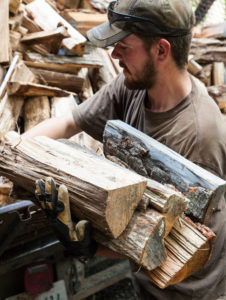 Many Wisconsin communities found creative and resourceful ways to celebrate Arbor Day this year. These celebrations included drive-through tree giveaways, videos, art contests, games and puzzles, self-guided tree walks, small in-person celebrations and tree planting following social distancing guidelines, and more! Here is a sampling of the Arbor Day events that took place in Wisconsin this spring:
Many Wisconsin communities found creative and resourceful ways to celebrate Arbor Day this year. These celebrations included drive-through tree giveaways, videos, art contests, games and puzzles, self-guided tree walks, small in-person celebrations and tree planting following social distancing guidelines, and more! Here is a sampling of the Arbor Day events that took place in Wisconsin this spring:
Adams: The city of Adams held a celebration on April 16th. Mayor Roberta Pantaleo read the Arbor Day Proclamation, and City Forester Joel Fell and another public works employee planted two trees in Burt Morris Park and four trees along boulevards.
Cedarburg: Please follow this link to read how Cedarburg Green celebrated its Year of the Tree despite Covid-19.
Continue reading “Arbor Day 2020: Celebrating trees in a time of social distancing”

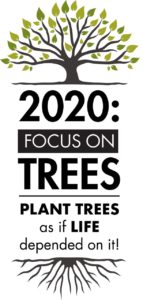
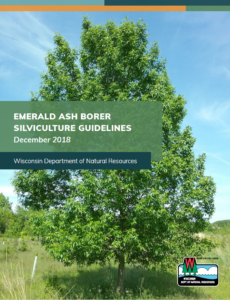
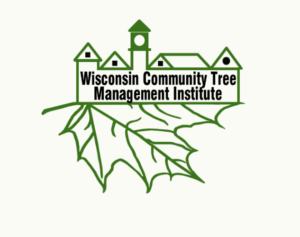 Wisconsin Community Tree Management Institute (CTMI) is a unique training experience designed for municipal staff with tree management responsibilities but without a strong background in urban forestry. The program is ideal for staff who spend just part of their time dealing with trees. Conversely, those with a background in urban forestry but new to management, will also find it useful. CTMI consists of approximately 38 instruction hours and requires students to complete an out-of-classroom project.
Wisconsin Community Tree Management Institute (CTMI) is a unique training experience designed for municipal staff with tree management responsibilities but without a strong background in urban forestry. The program is ideal for staff who spend just part of their time dealing with trees. Conversely, those with a background in urban forestry but new to management, will also find it useful. CTMI consists of approximately 38 instruction hours and requires students to complete an out-of-classroom project.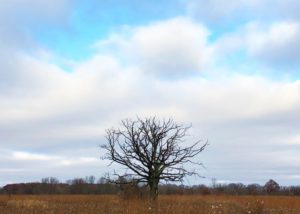 Happy Arbor Day! Join us in celebrating from home today. Post a photo of your favorite tree on social media, tag @arborday, and use the hashtag #arbordayathome. The Arbor Day Foundation will plant a tree on your behalf.
Happy Arbor Day! Join us in celebrating from home today. Post a photo of your favorite tree on social media, tag @arborday, and use the hashtag #arbordayathome. The Arbor Day Foundation will plant a tree on your behalf.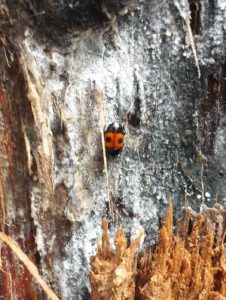
 As winter melts into spring, two new webinar series are getting underway.
As winter melts into spring, two new webinar series are getting underway.